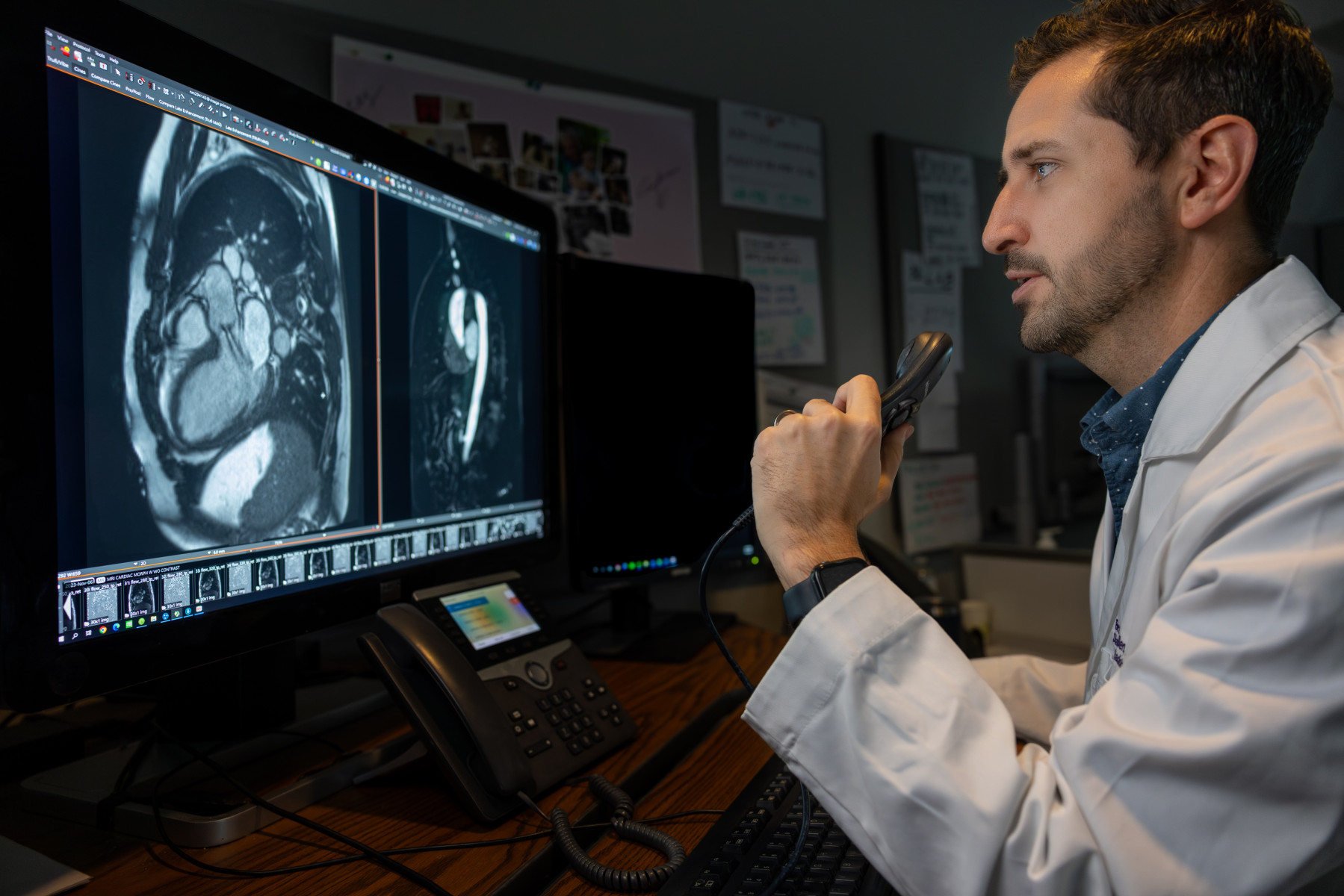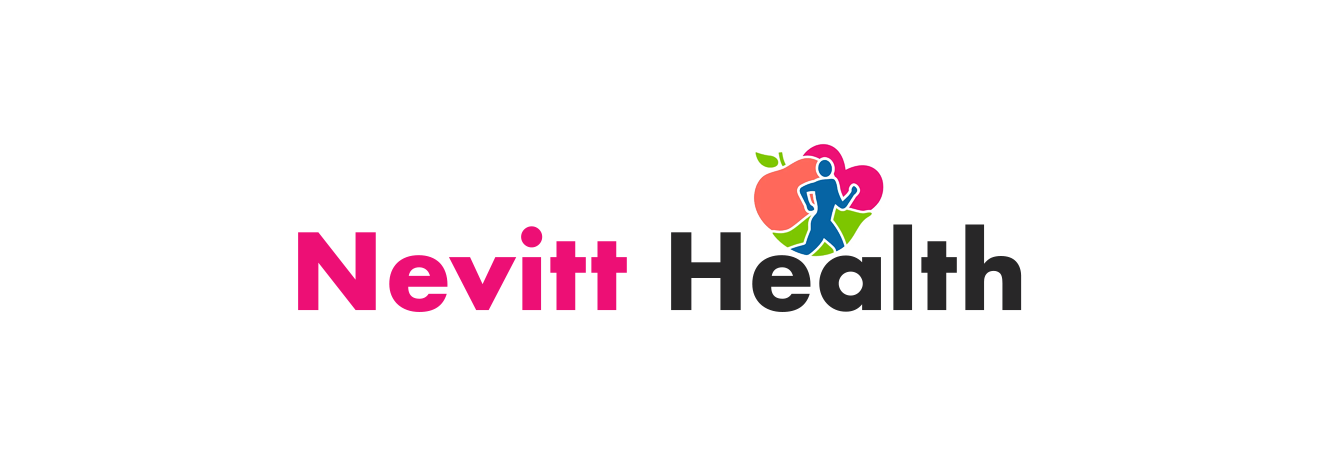The point is that in the case when the life of a patient is based on the correctness of measurements, even a minor deviation in the operation of the same medical equipment can lead to confusion with difficult consequences. Calibration makes blood pressure monitors and MRI machines perform well.
Companies like QUBYX recognize this need and offer tools like PerfectLum. They are a leader in precision healthcare solutions, emphasizing how proper calibration safeguards patient care and compliance.
However, accuracy is not a simple thing. What are the largest calibration pitfalls in healthcare, and how can we eliminate them?
Why Calibration Matters in Healthcare
- Patient Safety – Misreading may result in mistreatment or diagnosis.
- Regulatory Compliance – Even bodies like the FDA should be calibrated frequently to attain stringent standards.
- Cost Efficiency – Adequate calibration eliminates costly recalls, rework, and failure of equipment.
- Data Integrity – Medical records and clinical research need reliable measurements.
Key Calibration Challenges

1. Environmental Factors
Temperature shifts, humidity, and even electromagnetic interference from a computer monitor nearby can skew device accuracy. Labs are required to provide a controlled environment, and there will always be situations besides labs in certain places (such as operating rooms).
2. Wear and Tear
Over time, the instruments can be worn out by continued utilization. An example is a glucose meter that can drift out of spec after thousands of analyses, putting the patient’s results at risk.
3. Measurement Uncertainty
There is no gadget that is faultless. Calibration should take into consideration the small differences, and it is more difficult with such sensitive devices as infusion pumps.
4. Resource Demands
- Cost – UV-scope, high-end diagnostic tools, and qualified technicians do not come at cheap prices.
- Downtime – Calibration of devices out of the field interrupts working processes.
5. Documentation Burden
Paper records take time to maintain, and a false record in logs may result in a failure in compliance when an audit is conducted.
Solutions to Overcome These Challenges
1. Controlled Calibration Environments
- Respect the environment by using climate-controlled labs.
- Protect device(s) against interference (e.g., do not place near computer monitor or MRI field).
2. Proactive Maintenance
- Schedule calibrations before wear becomes critical.
- Train staff to handle equipment gently and store it properly.
3. Advanced Calibration Software
Automated systems like Calman Plus track calibration schedules, generate reports, and reduce human error in documentation.
4. Invest in Training
- Train technicians on the latest protocols in calibration regularly.
- Engage international standards providers such as Cyrix Healthcare in ISO 17025 services.
The Future of Medical Calibration
With smarter devices, calibration needs to follow suit. Precision is becoming feasible with wireless sensors, AI-driven diagnostics, and cloud-based monitoring as long as healthcare providers take it seriously.
Final Thoughts
It is not only technical; calibration is a lifeline. It can be a hand-held temperature display or a life support unit, but precision saves lives. When addressed squarely, with the right tools, training, and partners, healthcare labs can rest assured that their devices will provide trust through precise measurement.
Have calibration issues? Before the next FDA inspection, it may be time to audit your process.











